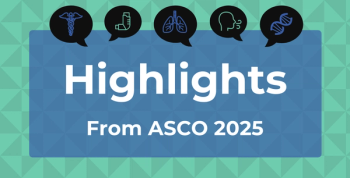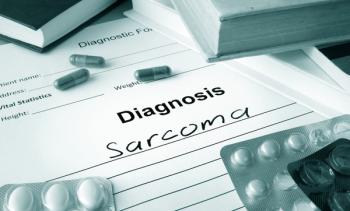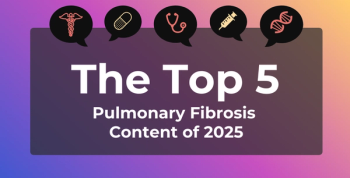
Leveraging EHR Data Can Help Aid in CKD Detection, Management
Key Takeaways
- Digital phenotyping with EHRs can improve early CKD detection and management, addressing underdiagnosis issues.
- ICD coding alone is insufficient; combining biochemical markers, NLP, and machine learning enhances CKD e-phenotype accuracy.
Electronic health record (EHR)–based “e-phenotypes” combining lab data, coding, and AI could dramatically improve early detection and management of chronic kidney disease.
Using electronic health records (EHFRs) to create digital phenotyping may help close gaps in detecting and managing
CKD often progresses silently until late stages, when patients already face irreversible kidney damage or cardiovascular complications. Despite clinical guidelines emphasizing early recognition, underdiagnosis remains widespread.
Publishing their review in
“Importantly, identifying and characterising a CKD e-phenotype is only worthwhile if it can enable a meaningful impact on patient care and outcomes,” explained the researchers. “In particular, e-phenotype approaches that can reliably identify early CKD will be most valuable for preventative care, while EHR-based risk-stratification tools may be preferable at advanced CKD stages for complication management and [kidney replacement therapy] planning.”
The group examined 4 main approaches for constructing a CKD e-phenotype, including International Classification of Diseases (ICD) coding, by searching the Ovid MEDLINE database through 2024. While widely used, ICD codes alone captured only a fraction of true CKD cases, with sensitivity as low as 8% in some studies. Coding accuracy varied by stage and setting, limiting standalone reliability. Specificity, however, was less variable and notably higher, showing values of at least 90% across the 30 studies.
Using biochemical markers such as estimated glomerular filtration rate (eGFR) and proteinuria improved precision, reaching accuracies near 98% when aligned with kidney disease improving global outcomes (KDIGO) criteria. However, inconsistent testing frequency and missing proteinuria data remain challenges.
Mining free-text notes with natural language processing (NLP) captured additional cases overlooked by structured data. In pilot studies, sensitivity exceeded 95%, but variability in clinical language limits scalability across health systems.
Machine-learning models, such as artificial intelligence (AI)-based algorithms that integrate labs, demographics, prescriptions, and notes, achieved predictive accuracies above 90%. Still, questions of transparency and reproducibility must be addressed before widespread clinical adoption.
“Efforts to implement the CKD e-phenotype have been variable in method, accuracy, and reliability,” wrote the researchers. “ICD coding is clearly insufficient, and methods such as text analysis and machine learning are often hindered by a combination of algorithmic complexity, limited generalisability, and poor EHR interoperability. In contrast, KDIGO-aligned eGFR and proteinuria criteria likely represent the most practical and precise EHR-derived technique.”
Using hybrid models that combined structured labs with either NLP or AI, detailed the researchers, held the most promise for accuracy and real-world usability.
Beyond identification, CKD e-phenotypes are being used to map disease burden, inform public health planning, and support precision medicine.
For example, EHR-derived registries have helped uncover links between CKD severity and comorbid conditions like hypertension and diabetes. Embedding CKD alerts within clinical decision support systems (CDSS) has also boosted physician awareness, improved lab monitoring, and increased prescriptions of kidney-protective drugs, including angiotensin-converting enzyme inhibitors and sodium-glucose cotransporter 2 inhibitors.
Despite encouraging results, the researchers in their review underscored key barriers to implementation. Data fragmentation across institutions, inconsistent chronicity checks, and limited representation of cystatin C or genetic testing hinder comprehensive phenotyping.
References
1. Sparks C, Steinberg AG, Toussaint ND. Identifying and characterising a chronic kidney disease electronic-phenotype using electronic health record-derived data: a narrative review of strategies and applications. Nephrology. Published online September 12, 2025. 10.1111/nep.70118
2. Chronic kidney disease in the United States, 2023. CDC. Last updated May 15, 2024. Accessed September 29, 2025. https://www.cdc.gov/kidney-disease/php/data-research/index.html
Newsletter
Stay ahead of policy, cost, and value—subscribe to AJMC for expert insights at the intersection of clinical care and health economics.







































